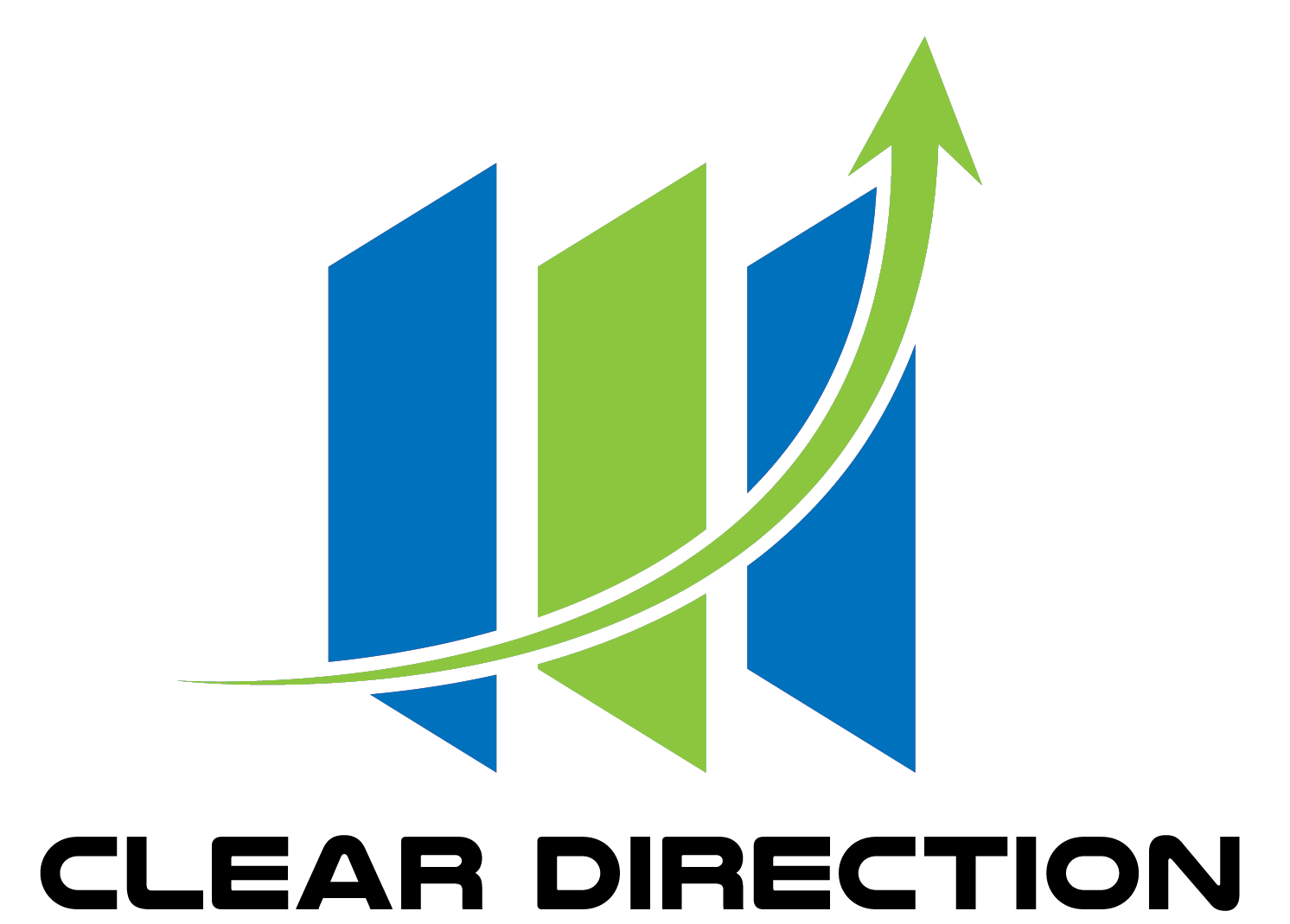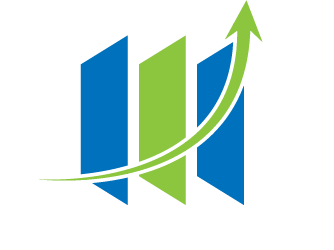In this article I’ll provide guidance in response to one of the most popular questions I get asked as a Fractional Sales Leader, “How do I design sales compensation that drives the right behavior”?
To answer this question let’s assume a few things about your business. Picture a hungry marketplace where there is strong demand for what your sales team is selling. Let’s also presume your business operations are running smoothly and your current customers are happy.
In this prime sales setting, your sales team retains and grows existing accounts incredibly, but you need to expand your business to hit your next level sales goals and it just isn’t happening.
This scenario is often the result of a company’s sales compensation plan not evolving to align with changing growth objectives. It we don’t give our sellers a reason to stretch and break through new growth barriers, their natural tendency will be to keep doing what they’ve always done.
Key Takeaways
- Establish clear sales objectives including the profile and quantity of new customers needed
- Design a compensation plan that motivates the right behaviors and provides the right incentives
- Build a sales scorecard that measures key activities and apply productive sales coaching to underperforming areas
If you have not done all of the above, the time to fix it is now!
I’d be happy to shed light on options to help you fix sales infrastructure breakdowns through a no cost consultation. Contact me at (512) 808-6691 or jspencer@salesxceleration.com or book a call through my Scheduling Tool.
Establishing Clear Company Objectives
First you need to understand your business completely. Where does your revenue come from? What’s the customer and product mix needed to meet growth goals? How does your team most effectively sell to the target audience you have defined they need to be closing?
Once you understand the answers to those questions you can establish a smart compensation plan that incentivizes the right behaviors.

To gain adoption, you’ll want to ensure the salespeople buy into their comp objectives and believe they can achieve the goals you are setting for them.
A clear understanding of the business is required in order to establish the right compensation targets, build in motivating accelerators, and set minimum performance expectations.
For example, does your business have a busy season or is your revenue stream reliably consistent throughout the fiscal year?
It’s impractical to expect busy season production during slow times so your compensation plans and sales quotas need to reflect that fluctuation. The goals for your sales team should reflect the realities of your industry.
The biggest thing to understand is where your prime new customer opportunities are and how to ensure you retain and grow your current accounts.
Look at your customer base and figure out what can be counted on for residual revenue and what reasonable account growth goals should be. From there you can assess the amount of net new business needed to achieve your company goal.
Designing The Right Sales Compensation Plan
While I’d love to give you a simple compensation formula to plug in and run with, the fact is that the right model tends to be different for every business and industry. A few things do ring true no matter what you sell so there are some general rules I can share to guide you.
One thing to account for is a cushion between your company revenue goal and total quotas assigned to your sales team. This allows for a buffer in the event of rep turnover and the likelihood of less tenured reps periodically missing their target.
The key here is that quotas are set reasonably based on revenue history increases and/or proven market growth. If your salespeople don’t believe their quotas are obtainable, they will not be motivated no matter how tantalizing the bonuses or commission you are offering.
Another core objective is to design comp plans with accelerators. Incentivize your salespeople to perform not only every quarter, but each and every day!

For example, if a seller hits their quotas before a stated deadline, let them earn a higher commission on the rest of their sales.
Or allow for a bonus if key activities are achieved that have a strong contribution to pipeline growth such as certain outreach activities or product demonstrations.
Accelerator ideas are endless but it’s important to keep them simple for your salespeople to understand and for you to track.
Most important is making sure you are getting your team excited about the goals you are setting. Help them believe they can reach them and create a sales environment they can excel in!
Give your top performers what they need to continue crushing it. If you don’t, you risk opening the door to your competition capturing their attention.
Creating Scorecard Visibility
Another critical area is having clear performance visibility so you can act fast to correct under performance areas. A small gap in revenue growth now can balloon to major missed milestones down the road. Let’s break down the essential areas for sales performance visibility further.
Shine a spotlight on the key sales activities that contribute to closing deals. I refer to these as the dials and levers that control sales success.
While some of these activities may be tied to the Sales Comp Plan, all need to be clearly visible on a sales scorecard and readily accessible as a sales management tool.
During 1:1 meetings discuss each salesperson’s progress against their scorecard. Uncover where they are lagging and what they are doing well to guide the “right behavior” you’re looking for.

Help them connect the dots on how they are tracking to what their payouts are going to be. Make sure you hit on your key compensation plan elements like new customers added or which specific products they need to be selling to hit comp accelerators.
This might seem obvious but it’s surprising how often a company will overlook the important step of creating clear sales performance visibility and apply effective sales coaching by leveraging the scorecard as a working tool.
Too often I hear salespeople say they feel blindsided when their commission checks don’t match what they thought they produced, or, that they have no idea what they are earning until it hits their payroll.
If your salespeople don’t have clear visibility on how they are tracking to their compensation goals, they will not be motivated with the right behaviors to achieve them.
In cases when your salespeople are hitting all their scorecard targets but you’re still not seeing desired revenue results, then you need to head back to the drawing board. There’s likely a breakdown in your sales process or potentially you aren’t placing focus on the right activity dials and levers to drive the right sales behaviors in your industry.
Don’t Hesitate, The Time to Act Is Now
If you uncover a gap in your sales compensation plan, or a lag in growth of new accounts, the time to act is immediately.
That gap is only going to get bigger as the year goes on. You can’t afford to let a flawed compensation plan be the thing that causes you to miss your company goals.
If you’d like to discuss what’s going on in your business, I’d be happy to shed light on options to fix the breakdown areas through a no cost consultation. Contact me at (512) 808-6691 or jspencer@salesxceleration.com or book a call through my Scheduling Tool.
———————————————————————————–
I am part of a national group of Senior Sales Leaders who collaborate to share insights like the examples shown in this article. We formed because of our shared passion to help business leaders exponentially grow their revenue.



